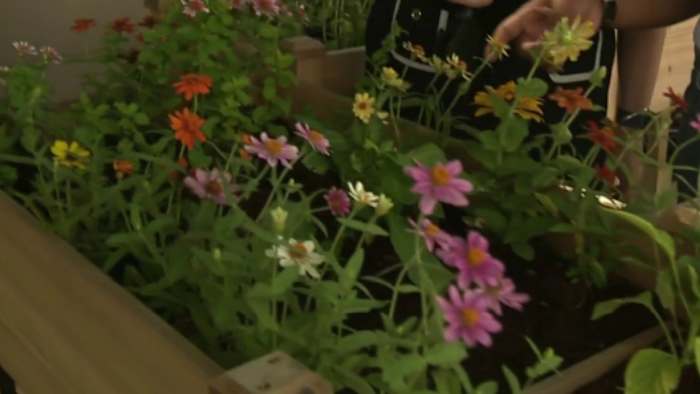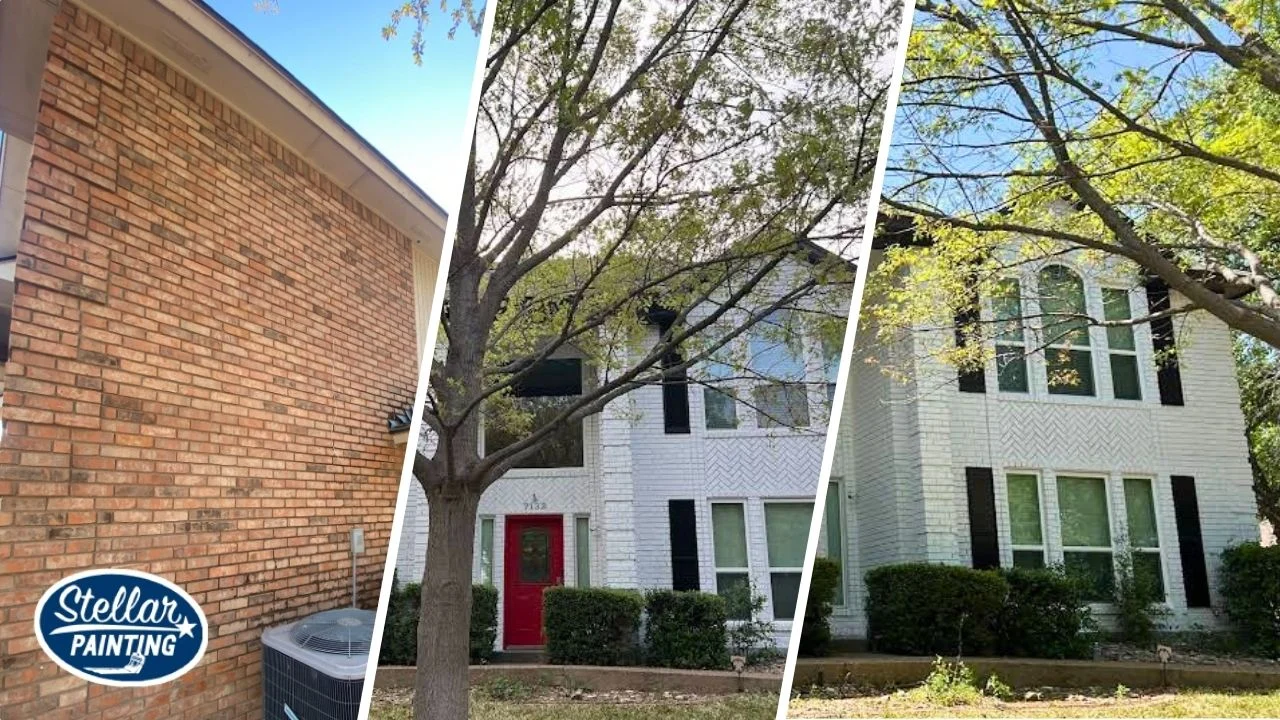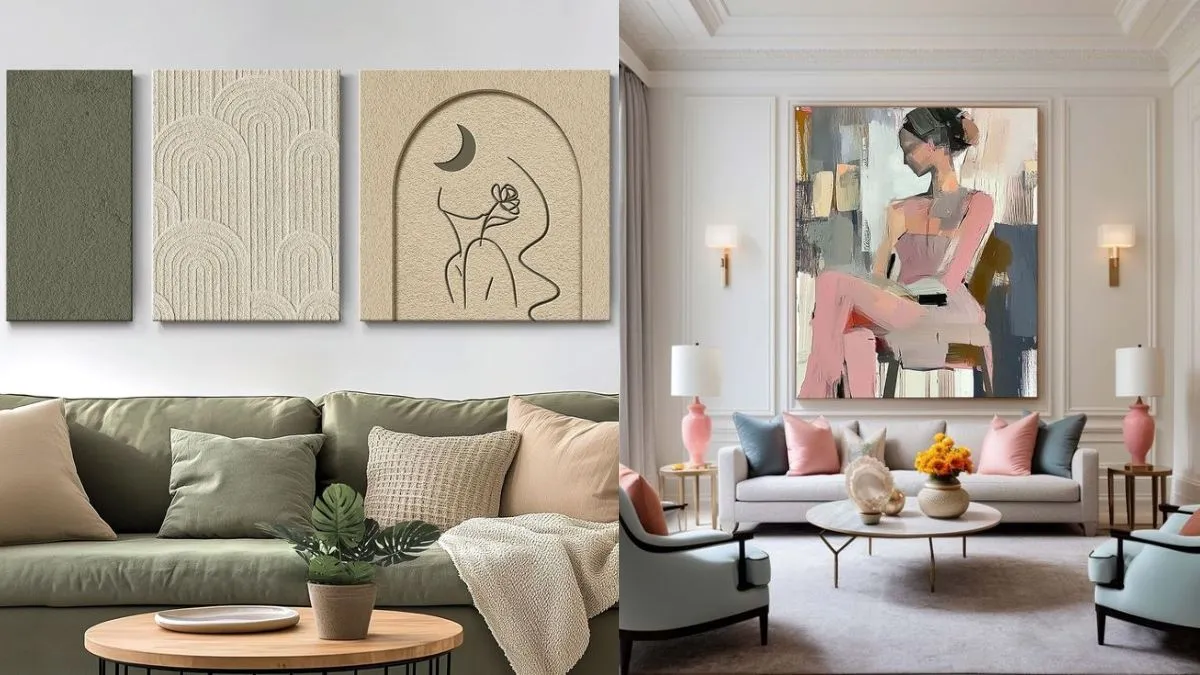Q: I would like to update the wooden rails, banisters and baseboard in my home. The wood is stained, and I would like to paint over it with a nice accent color. Is this a DIY project?
A: This project can be a DIY project if you are willing to take the time to do a lot of prep work. We asked Joe Miller of Arizona Painting Company what steps they take to achieve a professional finish when painting wood that has been stained. He shared his steps with us.
- The most critical step in the process of any paint job is the preparation work, Miller says. Whether the surface is to be hand-painted or spray-painted, taping and masking off surrounding areas and spreading tarps to protect surfaces is the first step. Extra protection of windows, doors and floors is required for spray painting due to the potential for overspray.
- The next step is to clean the surface to be painted by wiping it down with water and a lint-free cloth. A mild soap solution should be used for heavily soiled surfaces. Rinse the surface with just enough water to ensure the soap is gone.
- Sanding surfaces is also a critical step needed before painting a stained surface. The top coating of a stained surface is typically a lacquer or shellac that protects the surface of the stained wood. Paint will not adhere to lacquer or shellac. The surface detail of the wood dictates the type of sanding tools â hand or machine. Delicate or detailed wood will require hand sanding. The age and thickness of the topcoat may vary and dictate the elbow grease factor.
- Once the basic sanding is done, the surface should be wiped again with a damp cloth to remove residual sanding dust.
- Be sure to caulk imperfections for a professional finish. Check for cracks, unfilled nail holes, dings and other surface blemishes. Miller recommends these imperfections be filled with sandable and paintable wood putty, not caulk. Caulk tends to shrink over time, leaving a gap between the wood and caulk.
- Sand the filled areas and wipe the surface again to remove dust.
- Prime the wood before painting. One coat of primer is often sufficient. A water-based primer might be enough for indoor wood surfaces such as trims and stair railing systems that are not exposed to a lot of use. An oil-based primer will work better for high-use wood surfaces like doors and windows.
- When the prep is done, it is time to paint.
People are also reading…
Q: I would like to paint the stained cabinets as well. Is the process the same as for the baseboards and banisters?
A: Painting stained wood cabinets does involve some of the steps mentioned above. To achieve the best finish on cabinets, they should be painted with a paint sprayer. Spraying avoids brush marks and fills in details more readily. The spray process will require a greater level of protection. All surfaces not being painted need to be covered. This includes walls, ceilings, floors, light fixtures, appliances, sinks and adjoining rooms. Miller likens this process to creating a paint booth in your home, and this prep can take a whole day.
Once the room is protected, it is time to prepare the cabinets themselves.
- Remove the doors and drawer fronts. The cabinet doors and drawer fronts are removable, allowing that part of the painting process to be moved to another location. The face fronts, which are on the front of the cabinet boxes, are not removable.
- Remove all the hardware. For doors, this includes hinges and handles. For drawers, just remove the handles; there is no need to remove the drawer itself, as the cabinet interiors are rarely painted.
- Clean the cabinet parts well. The build-up of oils and dirt on the surfaces of a kitchen from cooking may require extra effort. Still use a mild dish soap but more elbow grease may be needed. Be sure to wipe soap residue from the surface and let the surface dry before going to the next step.
- The surfaces will need to be sanded. Hand sanding is best for those pieces with greater detail, while machine sanding does the job for the flatter surfaces.
- After sanding, check for any imperfections that need to be filled, and, as we mentioned previously, use a wood putty product, not caulk.
- Primer. As cabinets tend to get more use than a baseboard, an oil-based primer is recommended.
- Again, for a smoother finish, spray donât brush the cabinets. Brush marks are hard to avoid when painting by hand.
As you can see, much more time-consuming work is needed to cover a stained wood surface than a painted one. If the woodwork is already painted, the surface usually includes light sanding without the washing and rinsing.
Skill in the use of brushes or sprayers also contributes a great deal to the quality of the final product. It is a good idea to practice with brushes and the sprayer on a smaller project to get the techniques down.
Bringing in a contractor to carry out work at your home or business may seem like a smart move, but it has some subtle downsides. Contractors can appear to be trustworthy; however, sometimes you can feel ripped off by the time theyâre finished with their work. Regardless of how many references theyâve received, here are four scams you should avoid when hiring a contractor. One of the indicators youâve been scammed by a contractor is when they use cheaper materials without telling you before they start. Youâll often agree to a price before they start the work; however, hidden costs or various stipulations will lead contractors to increase the price. Similarly, before hiring a contractor, make sure they are giving you a âquoteâ on a job rather than an “estimate,” as the latter has more financial wiggle room. Some contractors will take advantage of your lack of knowledge and skip important steps during renovation projects like venting, priming, and insulation.
An Arizona home building and remodeling industry expert since 1988, Rosie Romero is the host of the syndicated Saturday morning Rosie on the House radio broadcast, heard locally from 10 to 11 a.m. on KNST-AM (790). Call 1-888-767-4348 to ask your questions Tuesday through Saturday.











